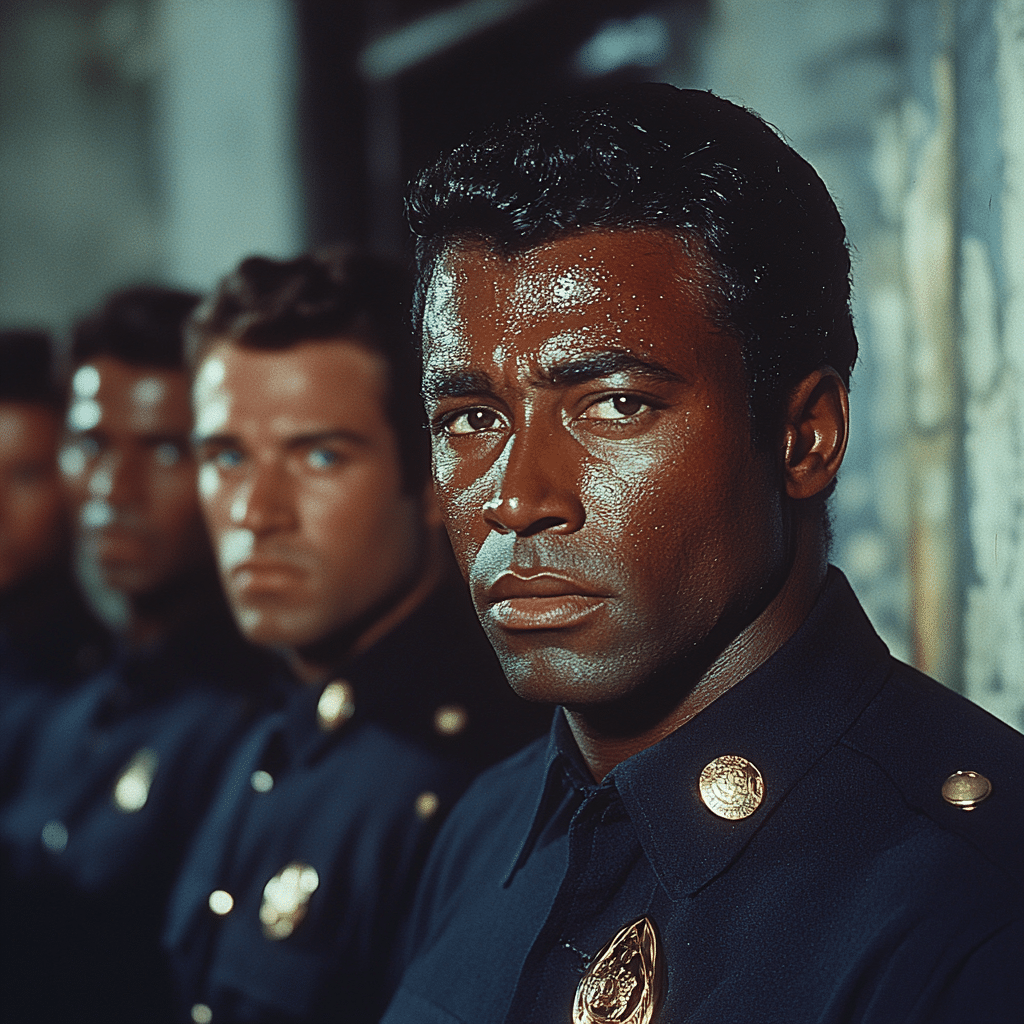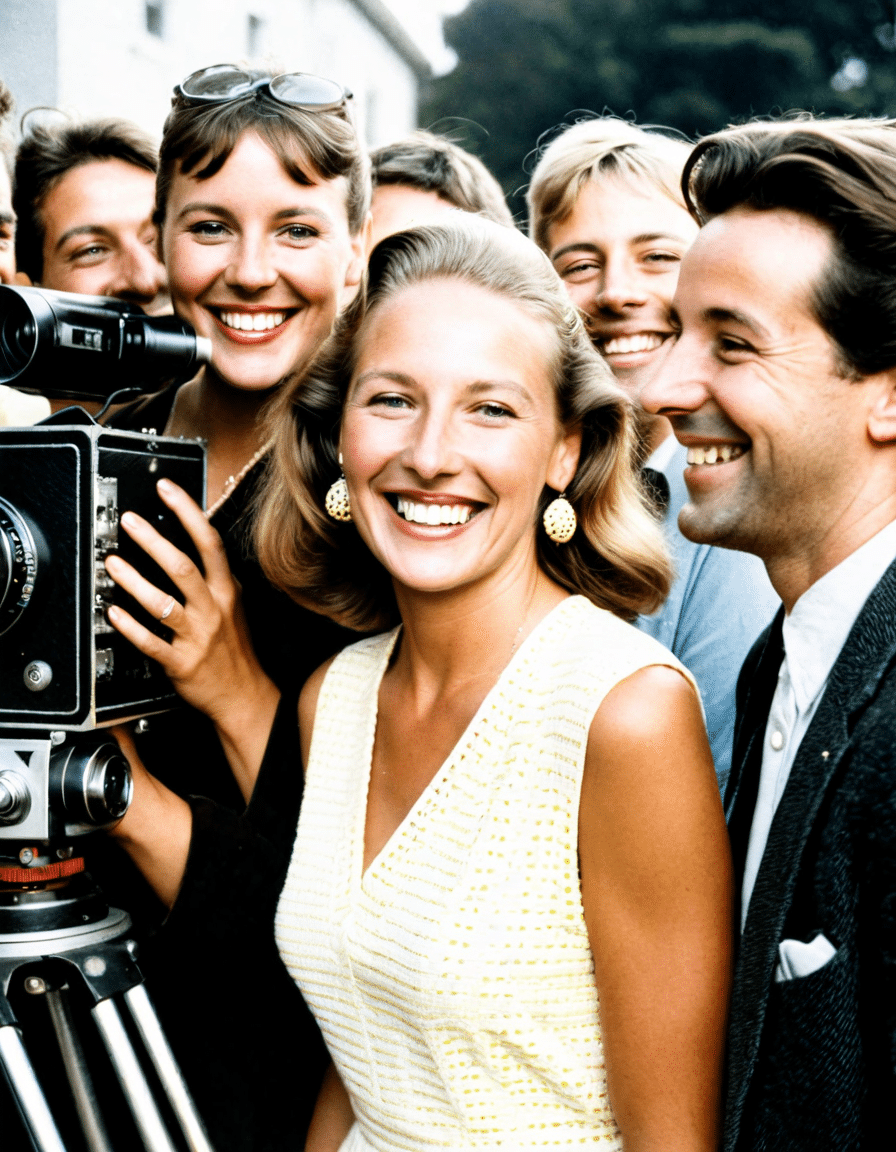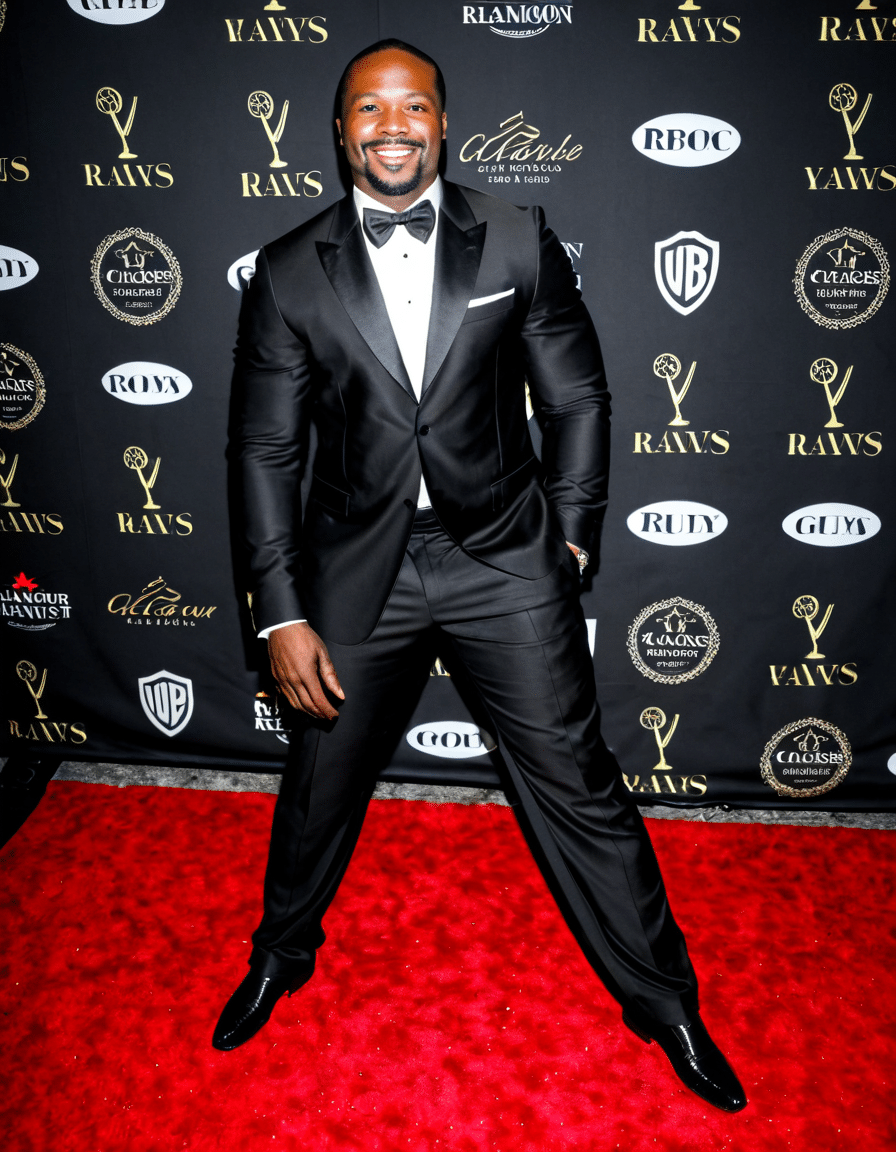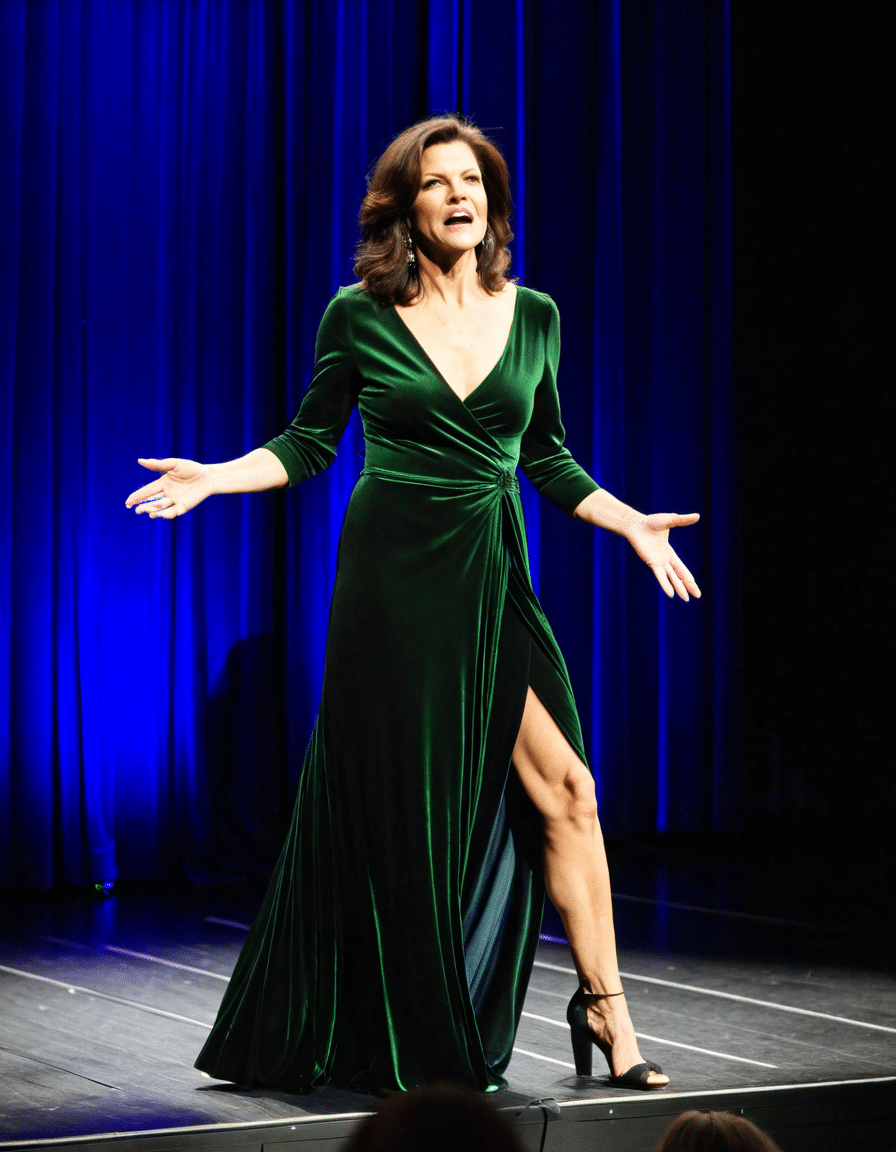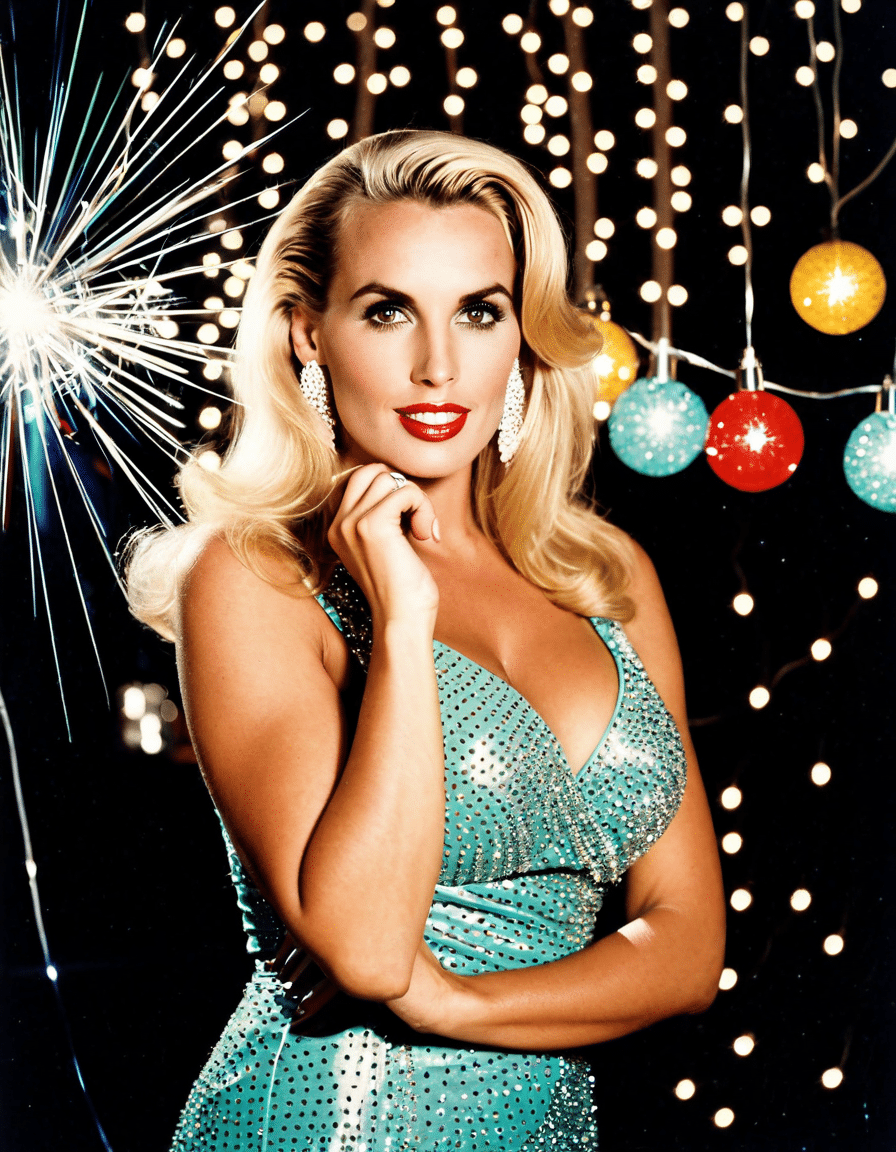The poignant drama In The Heat Of The Night, released in 1967, is more than just a gripping narrative; it features a cast that embodies the tumultuous racial landscape of America during the civil rights movement. The film stands as a landmark achievement, bringing issues of race, justice, and morality to the forefront. In the Heat of the Night cast 1967 includes powerful performances that continue to resonate today. Notably, actors such as Sidney Poitier and Rod Steiger etched their names in cinematic history through roles that demanded both vulnerability and strength. Let’s take a closer look at these pioneering performers and the impact they left on the film industry.
![In the Heat of the Night (1967) Cast: Then and Now [57 Years After]](https://www.silverscreen-magazine.com/wp-content/cache/flying-press/001c6419c9ec540858decc5ce7ce9a98.jpg)
Understanding the Cast of ‘In The Heat of the Night’: Profiles of Pioneering Performers
Sidney Poitier as Virgil Tibbs
Sidney Poitier shines as Virgil Tibbs, a skilled detective from Philadelphia. His portrayal is more than just a performance; it’s a confrontation with the racial preconceptions of the time. Tibbs walks into a world filled with injustice yet stands tall, challenging the status quo with both authority and intellect. Poitier’s profound character challenges viewers to reconsider the stereotypes that had plagued Hollywood, making him a trailblazer for subsequent generations of Black actors.
It’s hard not to feel the weight of Poitier’s presence as he expertly navigates the small Southern town rife with prejudice. He takes on the role of an outsider striving for truth, showcasing not just his character’s professional acumen but also a deeper moral compass that transcends the film’s racial themes. Poitier’s work in In The Heat of the Night laid the groundwork for characters with complexity and depth, setting a new standard for representation in cinema.
Rod Steiger as Chief Bill Gillespie
Rod Steiger’s performance as Chief Bill Gillespie adds significant nuance to the film. Gillespie starts as a bumbling small-town cop, grappling with his own biases. However, his character evolves throughout the film, moving from skepticism to a begrudging respect for Tibbs. Steiger’s portrayal is a masterclass in transformation, illustrating that humans are often works in progress, wrestling with societal pressures and personal flaws.
The emotional depth Steiger brings to Gillespie forces the audience to confront their own prejudices alongside him. As the story unfolds, he becomes an ally, learning vital lessons about justice and humanity. Steiger’s ability to evoke the character’s inner turmoil adds richness to the narrative, reminding viewers that empathy must often win out over deeply ingrained beliefs.
Warren Oates as Officer Sam Wood
Warren Oates introduces a palpable tension into the film through his role as Officer Sam Wood. His character reflects the systemic racism of the era, exhibiting hostility toward Tibbs simply due to color. Yet, this animosity also serves as a critical foil to Poitier’s character, illustrating the various shades of prejudice simmering beneath the town’s surface. Oates captures the uncomfortable truth that change does not happen overnight; it is often a slow, painful journey.
Wood’s initial antagonism contrasts sharply with the transformation of Gillespie, providing viewers with a layered look at the impacts of racism. Despite his rough edges, Oates garners the audience’s understanding; his portrayal serves as a narrative bridge connecting the film’s thematic concerns with reality.
Lee Grant as Mrs. Colbert
In a world dominated by men, Lee Grant’s role as Mrs. Colbert adds a critical female perspective to the narrative. Mrs. Colbert navigates her position within a hostile and racist community, showcasing the intricate intersections of race and gender. Grant’s performance highlights the struggles women face, often caught in societal norms designed to suppress their voices.
Through her interactions with both Tibbs and Gillespie, Mrs. Colbert embodies the silent struggle of women of her time, desperately trying to carve out a space for themselves amid chaos. Grant’s nuanced portrayal challenges viewers to consider how race and gender collide, making In The Heat of the Night a forward-thinking narrative for its time.
Anthony Zerbe as Eric Endicott
As the wealthy landowner Eric Endicott, Anthony Zerbe reflects the arrogance and entitlement that often accompany privilege. His character personifies the entrenched racism and power dynamics of the South, demonstrating how societal structures influence individual behavior. Zerbe infuses Endicott with a sense of disdain that allows audiences to engage critically with the realities of injustice prevalent during the 1960s.
The interactions between Endicott and Tibbs further expose the broader social commentary of the film. This dissection of class and privilege remains relevant today, reminding us of the often invisible barriers that separate and define us.
Network of Supporting Characters
Among the poignant interactions are the supporting performances that enhance the film’s story, featuring actors like James Patterson and Quinn Redeker. Each adds layers to the narrative tapestry, illustrating that individuals, whether prominent or in the background, contribute significantly to societal dynamics.
Their collective performances build a rich world that showcases the wide-ranging effects of racism, enhancing the main story arc while inviting viewers to reflect on the nuances of everyday interactions.
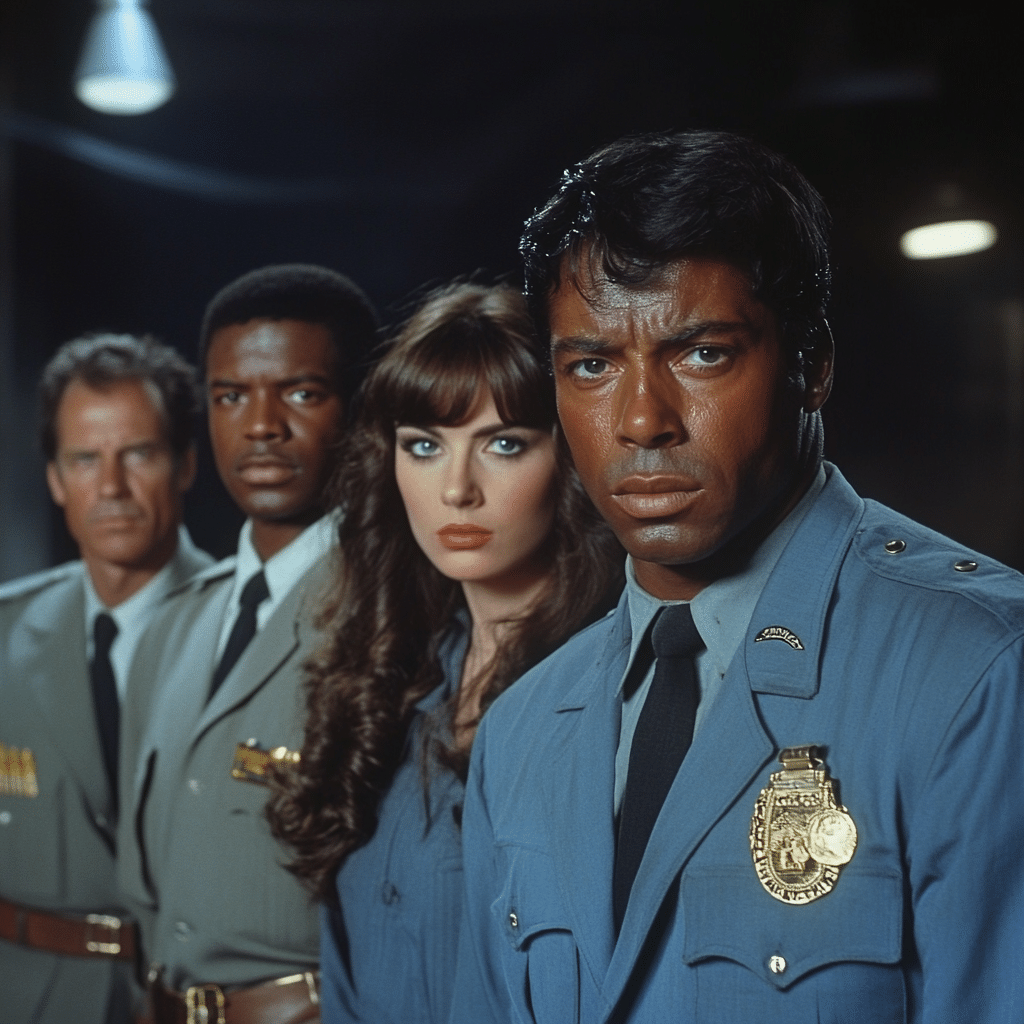
The Cast of The Girl in the Pool: Comparison of Race and Gender Dynamics
When delving into In The Heat of the Night, it’s fascinating to draw comparisons with the cast of The Girl in the Pool, which also engages with critical social themes. Although the two films belong to different genres, they both address issues of race, gender, and societal constraints.
Character Differences
The Girl in the Pool often presents female characters who support male protagonists, contrasting sharply with the powerful presence of Tibbs in In The Heat of the Night. While Tibbs takes center stage, pushing back against the norms of a segregated society, female leads in The Girl in the Pool frequently find themselves in passive roles. This juxtaposition highlights the limitations women faced in film during the late 1960s, suggesting that audience expectations often dictated character development.
In contrast, In The Heat of the Night actively challenges traditional roles for women, offering a narrative rich with strong female perspectives, thereby showcasing a broader range of human experiences within the context of societal challenges.
Cultural Reception
Both films sparked conversations about cultural norms, yet the method of engagement differed. In The Heat of the Night tackled racial issues head-on, igniting fiery debates that echoed beyond the screen. Alternately, The Girl in the Pool provided a subtler commentary on women’s societal placements, suggesting that internal struggles could also be potent narratives worth exploring.
While they differ in approach, both films serve to illustrate the evolving dialogue surrounding race and gender roles, pointing out that film can act as a mirror reflecting societal issues.
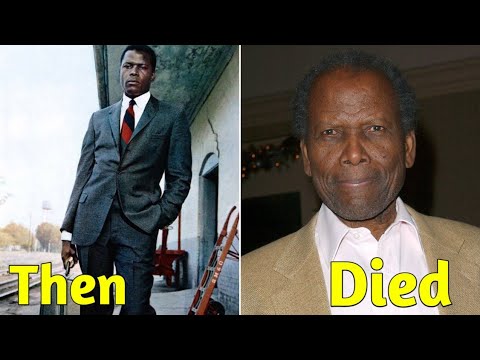
The Cast of Murder in a Small Town: Echoes of ‘In The Heat of the Night’
Examining modern crime narratives, the themes of In The Heat of the Night resonate in other works, including the cast of Murder in a Small Town, which explores community secrets and moral complexities.
Small Town Dynamics
In The Heat of the Night and Murder in a Small Town depict small towns as arenas where deeply entrenched social issues surface, often leading to tragic outcomes. Tibbs navigates the intricate social web, revealing underlying tensions that murmur beneath the town’s quaint façade. Similarly, Murder in a Small Town offers a lens into how local relationships can hide dark secrets, sparking moral dilemmas that affect an entire community.
Through these intertwined narratives, both films highlight how layers of racial and ethical tensions can come to a head in serene environments, reminding audiences that the façade of peace often hides a world of conflict.
Character Interactions
The strained relationships present in both films deepen the examination of authority and the biases surrounding it. As Tibbs grapples with local law enforcement, he sheds light on the existing power structures that can lead to injustice. Murder in a Small Town takes a similar stance, inviting viewers to scrutinize institutional biases.
Both films depict a struggle against the systems that enforce inequality, forcing audiences to confront their perceptions of authority and justice in society.
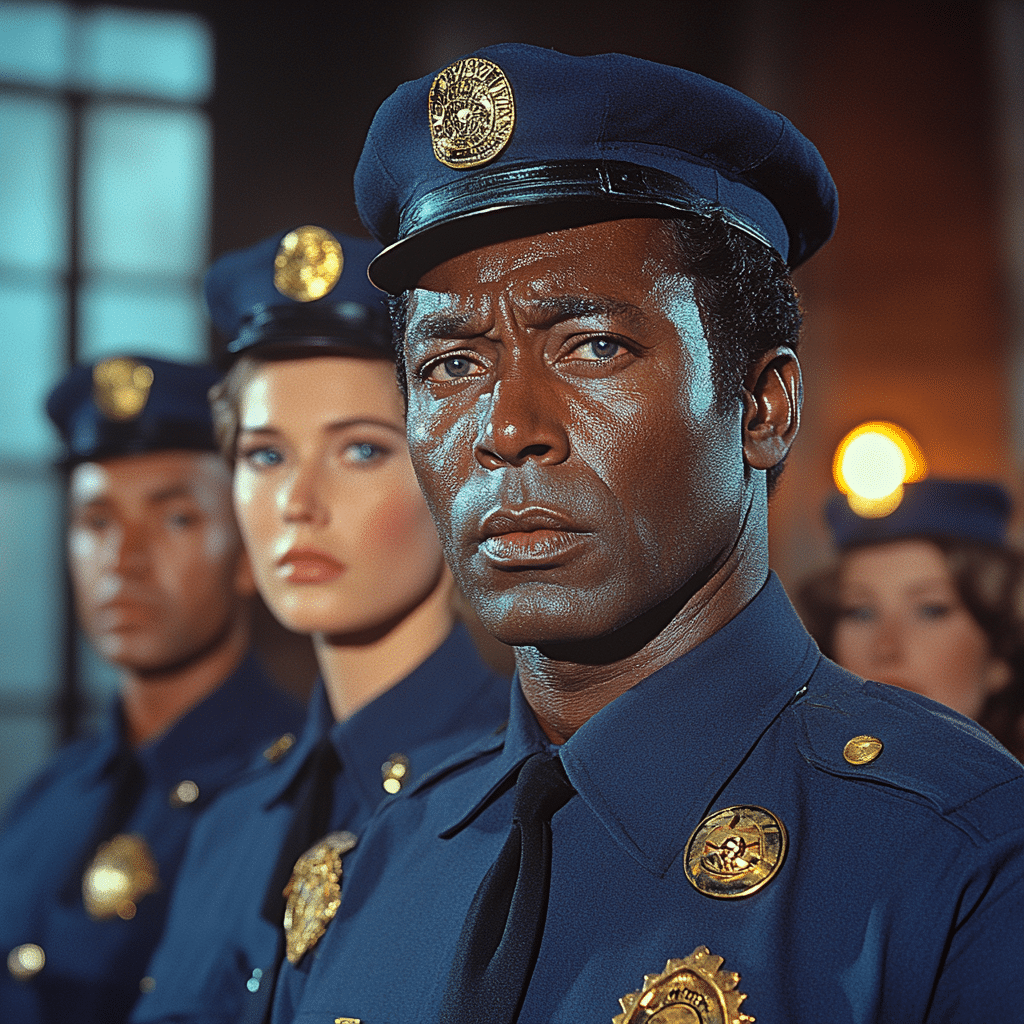
Lasting Impact of the 1967 Cast on Modern Cinema
The lasting impact of the In The Heat of the Night cast 1967 extends far beyond its runtime, influencing modern filmmakers and actors. Poitier’s groundbreaking role as a leading Black character set a stellar example for successors such as Denzel Washington and Jamie Foxx, opening doors for future generations.
Transcending the Screen
Even today, the film’s legacy resonates through contemporary projects that tackle social justice. The dialogues initiated by the In The Heat of the Night cast 1967 have paved the way for stories rich in diversity and representation. They remind us that film is a powerful means of exploring and challenging societal injustices.
Through our engagement with these narratives, we not only become viewers but active participants in a conversation about race, identity, and moral integrity in America. As filmmakers and writers continue to delve into issues inspired by this film, they carry on the important work of rendering diverse narratives that are crucial for societal understanding and progress.
The dynamic interplay created by the In The Heat of the Night cast 1967 acts as a poignant reminder of film’s ability to influence public perception and challenge the status quo, solidifying its place in the annals of cinematic history. By revisiting such powerful stories, we keep alive the conversations that matter, ensuring that the fight for justice and equality continues on and off the screen.
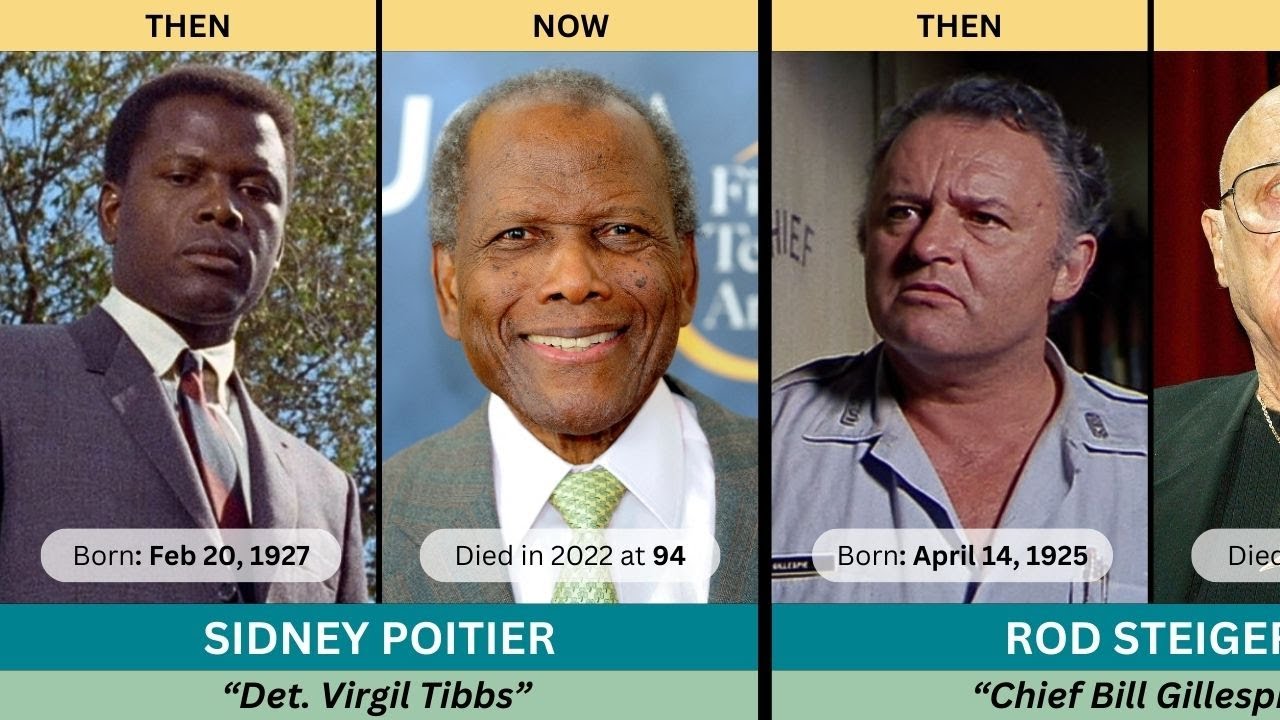
In The Heat Of The Night Cast 1967: Fun Trivia and Interesting Facts
A Star-Studded Lineup
The cast of In the Heat of the Night in 1967 was nothing short of iconic. With Sidney Poitier playing the dignified Virgil Tibbs and Rod Steiger portraying the gruff Mississippi sheriff, Gillespie, their chemistry created an unforgettable dynamic. Did you know that Poitier’s performance helped change perceptions of Black characters in film? He often appeared in roles that challenged stereotypes, similar to how video game Characters are increasingly becoming more diverse and complex. It’s fascinating how portrayals evolve over time!
Now, let’s not forget about the supporting cast that also played a critical role in driving the narrative. One standout was Warren Oates as the volatile deputy. Oates poured his heart into the role, drawing audiences into the tension of the story. The film’s portrayal of race relations could stir conflict and conversation, much like how characters in shows today, like The fable TV show, tackle pivotal societal issues.
Cultural Legacy
One of the standout trivia points from this film is its impact on the civil rights movement. Released in the tumultuous 1960s, it offered a raw glimpse into racial tensions within the U.S. The reputation of In the Heat of the Night has stood the test of time, influencing countless pieces of media, including contemporary stories that echo its themes. In fact, many people connect its narrative to current pop icons, such as Blackpink ‘s Lisa, who often addresses social issues through her music and public presence.
Moreover, Rod Steiger won an Academy Award for his compelling performance, which shed light on the deeper human experiences that transcend race, gender, and class. Talk about a legacy! The storytelling techniques seen in In the Heat of the Night can still be felt today in various formats. Think about how new movies and shows, including the likes of envy inside out, explore similar issues while keeping audiences entertained as they do.
Behind-the-Scenes Tidbits
Behind the camera, there were plenty of fascinating details about the making of this film. For example, the iconic line “They call me Mr. Tibbs!” was improvised by Poitier but has since become one of the most memorable quotes in cinema history. This spontaneity mirrors the versatile performances of actors like Nico Tortorella, known for their ability to adapt and redefine roles.
Another interesting nugget is that the film was shot in various locations around the South, creating an authentic backdrop that added depth to its message. The dedication shown mirrors the gritty determination of characters often represented in anime, like Bulma From Dragon ball, who faced trials and tribulations while pushing the narrative forward. It’s striking how these influences have a lasting impact, making In the Heat of the Night’s cast in 1967 not just a group of talented actors, but a defining element of cultural conversation that resonates to this day.
